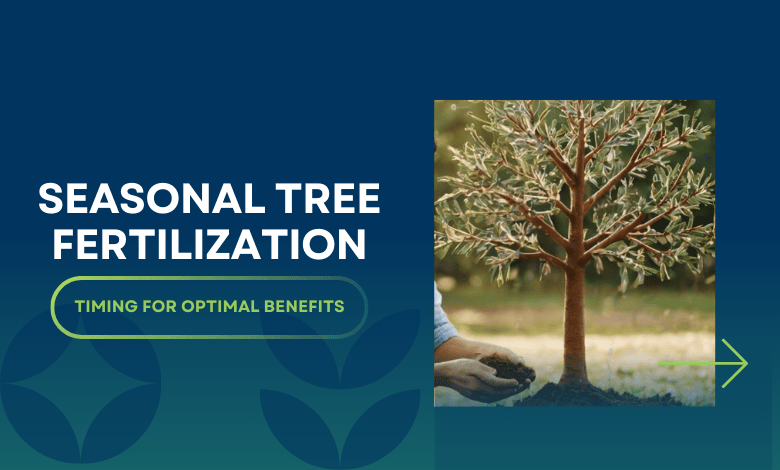Seasonal Tree Fertilization: Timing for Optimal Benefits

Maintaining the health and vitality of trees requires more than just regular watering and pruning. Fertilization is a crucial aspect of tree care, providing essential nutrients that support growth, development, and resilience against pests and diseases. However, timing is key when it comes to applying fertilizer for optimal results. In this guide, we’ll explore the importance of seasonal tree fertilization and the best timing for achieving maximum benefits, particularly in the context of Dallas tree fertilization services.
The Importance of Tree Fertilization
Trees, like all living organisms, require a balanced diet of essential nutrients to thrive. While trees can obtain some nutrients from the soil, natural processes like weathering and decomposition may deplete soil nutrients over time. Fertilization supplements these nutrients, ensuring that trees have access to the elements they need for healthy growth and development.
Understanding Seasonal Needs
The timing of tree fertilization plays a significant role in its effectiveness. Different seasons present varying conditions and nutrient requirements for trees, and fertilization schedules should be adjusted accordingly.
Spring
Spring is a critical time for tree growth and development, as trees emerge from dormancy and begin active growth. Applying fertilizer in early spring provides trees with the nutrients they need to support new growth, leaf production, and flowering. This is also an ideal time to address any nutrient deficiencies that may have developed over the winter months.
Summer
During the summer months, trees are in full growth mode, requiring ample nutrients to support foliage development and overall health. However, excessive heat and dry conditions can stress trees, making them more susceptible to nutrient deficiencies and other stressors. Supplemental fertilization during the summer can help replenish lost nutrients and support tree resilience.
Fall
Fall is a transitional period for trees, as they begin to prepare for dormancy and winter dormancy. Applying fertilizer in late summer to early fall helps trees build up nutrient reserves for the winter months and promotes root growth and nutrient uptake. Fall fertilization also enhances winter hardiness, helping trees withstand cold temperatures and harsh weather conditions.
Winter
While tree growth is minimal during the winter months, fertilization can still be beneficial, particularly for evergreen trees and those experiencing nutrient deficiencies. Slow-release fertilizers applied in late fall or early winter can provide a steady supply of nutrients to trees throughout the dormant season, promoting overall health and vigor.
Professional Tree Fertilization Services in Dallas
For property owners in Dallas seeking to maximize the health and beauty of their trees, professional tree fertilization services offer expertise and convenience. Experienced arborists understand the unique nutrient requirements of trees in the Dallas area and can recommend customized fertilization plans tailored to specific species, soil conditions, and environmental factors.
Conclusion
In conclusion, seasonal tree fertilization is essential for maintaining the health, vitality, and beauty of trees year-round. By understanding the seasonal nutrient needs of trees and applying fertilizer at the appropriate times, property owners can ensure optimal growth, resilience, and longevity for their trees. For residents of Dallas looking to enhance the health and appearance of their trees, professional tree fertilization services offer expertise and peace of mind. So why wait? Take the first step toward healthier, more beautiful trees today!
Check out our comprehensive guide for more insights and tips!






